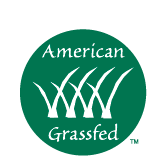Soil Health and Regenerative Agriculture
There is growing consumer demand for sustainable food systems aimed at improving watersheds, increasing soil health, and mitigating climate change. Regenerative agriculture is a holistic method of heritage farming that restores soil organic matter and carbon levels, which play a crucial role in soil health.
Healthy soil is more resilient to weather extremes, is able to grow robust, pest-resistant plants, and has greater drought tolerance. Characterized by a thriving microbiome of fungi, bacteria, and microbes that provide a solid nutrient base, healthy soil decreases the dependence on agricultural pesticides and chemicals.
Thousand Hills Lifetime Grazed believes regenerative farming practices are integral to the health of our planet, our people, and animals. Our planned livestock grazing process helps to nourish the soil with rich organic matter. Soil that is buoyed with high carbon has better water retention, is well-aerated, and less prone to nutrient leaching and erosion. This in turn yields improved crops, even in drought-like conditions.
The health of the soil and ecosystem is intrinsically linked to the health of Thousand Hills Regenerative Renegades™ Lifetime Grazed Grass Fed Beef.


The Importance of Soil Health
For each 1 percent increase in soil organic matter (SOM) comes the capacity to store 20,000 gallons of water. As soil health improves, there is a drastic uptick in biodiversity both above and below the surface. A greater variety of grasses and plants are able to thrive throughout different seasons and temperatures, providing nutrient-dense food for livestock. And because healthy soil is better protected against erosion, there is less runoff to contaminate local water systems.
Conventional agriculture, which relies on overgrazing and chemical-heavy farming methods, degrades soil nutrient and carbon contents. According to the United Nations, the world’s topsoil is facing total degradation within the next six decades under current farming practices. By contrast, soil from properly managed grazing operations has the ability to store carbon and decrease greenhouse gas emissions that contribute to global warming.
Reducing atmospheric carbon dioxide is one of the most impactful measures that can be taken to lessen climate change. Grasslands, many of which are mismanaged and degraded, hold an estimated 20 percent of the world’s soil carbon stock. Regenerative agriculture techniques sequester carbon into the soil, helping to offset fossil fuels while benefiting both plant and animal productivity.


Reduction in soil health and biodiversity is reflected in a number of ways, including:
- Increased water runoff
- Greater erosion potential
- Fewer nutrients for plant growth
- Inhospitable conditions for seed germination and root growth
- Lower resistance to pests and disease
- Lower crop performance
- Poor herd health
Regenerative Practices for Healthy Soil
Regenerative agricultural practices for improving soil health are fundamentally low-tech, and revolve around reducing soil disturbance, sustaining biodiversity, and maintaining soil cover and living roots at all times. This can be achieved through:
MANAGED LIVESTOCK GRAZING
Planned livestock grazing mimics the patterns of wild animal herds. The grazing cattle push organic matter into the soil, improving nutrient levels and water infiltration that allows plant life to recover. Rotational grazing regimes promote healthy soil, pasture regeneration, and carbon sequestration.


ELIMINATING OR REDUCING TILLAGE
Tilling has a negative effect on the soil microbiome. The soil structure is compromised, as is the nutrient cycling ability. Limiting soil disturbance by mechanical or physical means can also help prevent erosion.
PROTECTING THE SOIL
Cover crops and plant residues protect the soil from water and wind erosion, boost soil carbon pools, enhance nutrient cycling, and promote a healthy microbiome.
Soil that is rich in organic matter has a direct correlation to ecosystem health. Grass fed beef, grazed on healthy soil, has greater nutritional value, with high concentrations of essential fatty acids, vitamins, and minerals. Reap the benefits of regenerative farming practices for planet and human health, and visit Thousand Hill’s online store for 100% Grass Fed Beef Delivery options.

Order 100% Grass Fed, Grass Finished Beef from Thousand Hills Lifetime Grazed
When you order 100% grass fed, grass finished beef from Thousand Hills Lifetime Grazed, more than nutritious meat arrives in the package. These animals consumed a grass-based or forage diet for their entire lives. The way they were raised contributes to soil health and carbon sequestration. The meat is free from antibiotics, growth hormones, and other chemicals. Enjoy a fine meal while supporting regenerative agricultural practices.
It may just save the planet.


